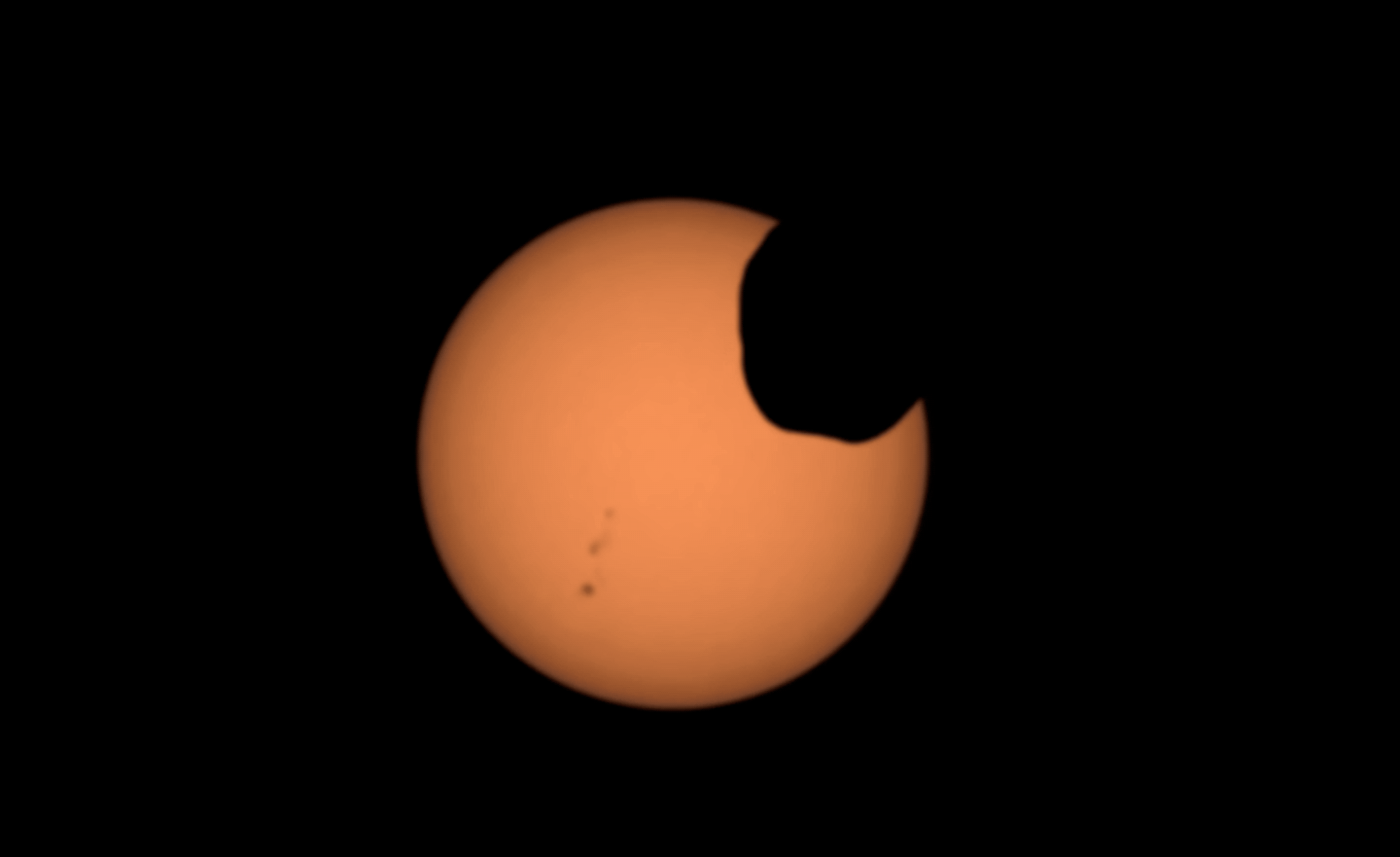When you buy through nexus on our site , we may earn an affiliate commission . Here ’s how it works .
When with child stars approach the end of their golden years and transform from massivered giantsinto teensywhite midget , they must first fart aside up to80 percentof their plenty .
For tens of one thousand of years , a tsunami of gas and debris streams aside from each collapsing giant , mail a steadystellar windinto knocked out space until the star ’s core in conclusion burns up the last of its fuel and only thecrystalline husk of a white dwarfremains . This shrinkage - via - farting is view a stock phase of biography for stars between one - half and eight clock time the mass of Earth ’s Dominicus . However , one set of 12 troublesome giants seems to be passing their last gas inexplicably quickly .

Astronomers at the Atacama Large Millimeter/submillimeter Array (ALMA) Observatory in Chile observed the stellar wind circling two dying red giant stars and concluded that they seem to shed so much gas because they’re actually part of a binary star system.
Each of these windydying starshas been observed ejecting about the equivalent of 100 ground - size planets ' Charles Frederick Worth of mass every twelvemonth — a heavy stride that should stimulate the giant to burn through their masses in just a few hundred to 1,000 year , far more quickly than a typical crimson titan should . According to a raw study published today ( Feb. 25 ) in thejournal Nature Astronomy , it may all be an magic . [ Rainbow Album : The Many Colors of the Sun ]
overbold observance show that at least two of these gassy colossus are n’t turn out matter at an abnormal pace — it only appears that way because their stellar winds are being tugged into a large concentration by some unseen gravitational human dynamo .
" We believed that these red giants were phonograph recording holders for aggregate - loss pace , but that ’s not the case , " Leen Decin , go writer of the new study and a prof at KU Leuven Institute of Astronomy in Belgium , said in a statement .

Data from the ALMA Observatory in Chile revealed a telltale spiral pattern in the stellar wind emanating from this dying red giant. That spiral structure was a clue that the star is being tugged on by the gravity of another star, and is part of a binary system.
The likelier explanation , Decin said , is that each of these apparently abnormal red giants is " not alone , " but one one-half of abinary star system .
A gravitational illusion
For their new research , Decin and his fellow observed two of the 12 notorious gas - passers through the Atacama Large Millimeter / submillimeter Array(ALMA ) telescopein Chile . take a closer look at the prima wind eddy around these star , the squad found jets of dust and gas pedal swirling away from the stars in a distinguishable whorled shape , not in thetypical shell shapeassociated with dying red heavyweight .
allot to Decin , this wonky convention was a hint that some massive nearby object was tugging on the wind — and likely even on the red behemoth themselves — with considerable force .
" It ’s an indirect denotation that there 500 giantis not alone , but part of a binary mavin system , " Decin said . " The reddish giant is the independent asterisk with a 2nd star circling it . "

According to Decin , the mien of a subordinate star could affect the red giants in two self-aggrandizing ways . For one , the solar jazz generated by the reddened heavyweight would be continuously pulled toward the second lead , creating a pileup of matter at the gravitative unfermented spot between the two body . Meanwhile , that subaltern whizz ’s gravity would also make the red giantto wobbleslightly in its own orbit . These two movements combined could explain the coiling ribbon of gas that scientist consider whirl out of the main red behemoth .
This gravitative fancy may have allowed prior researchers to overrate the charge per unit that the reddish giants were shedding their mass . What search like a menses of uttermost mass loss by a individual ace was actually just a glimpse of a highly - condense region of gasoline and dust created by the interactions between two binary stars . Decin and his colleagues function some simulations testing what this binary interaction could look like , and find that previous pile loss approximation may be off by a divisor of 10 ; instead of ejecting 100Earths’worth of massevery yr , the main stars in these binary duos were more potential just losing 10 Earths ' worth , Decin enjoin — more or less the typical amount expected for stars of their size of it .
Further study is needed to confirm whether all 12 of the suppose disk - setting red giants are in fact members of their own binary partnerships . If they are , then they may have just gained a more or less longer life span in scientists ' eyes ; stars burning off their mass more slowly can last longer before fizzling out .

" We believed that many stars populate alone , but we will probably have to adapt this melodic theme , " Decin enounce . " A ace with a partner is likely to be more common than we think . "
Originally publish onLive Science .














